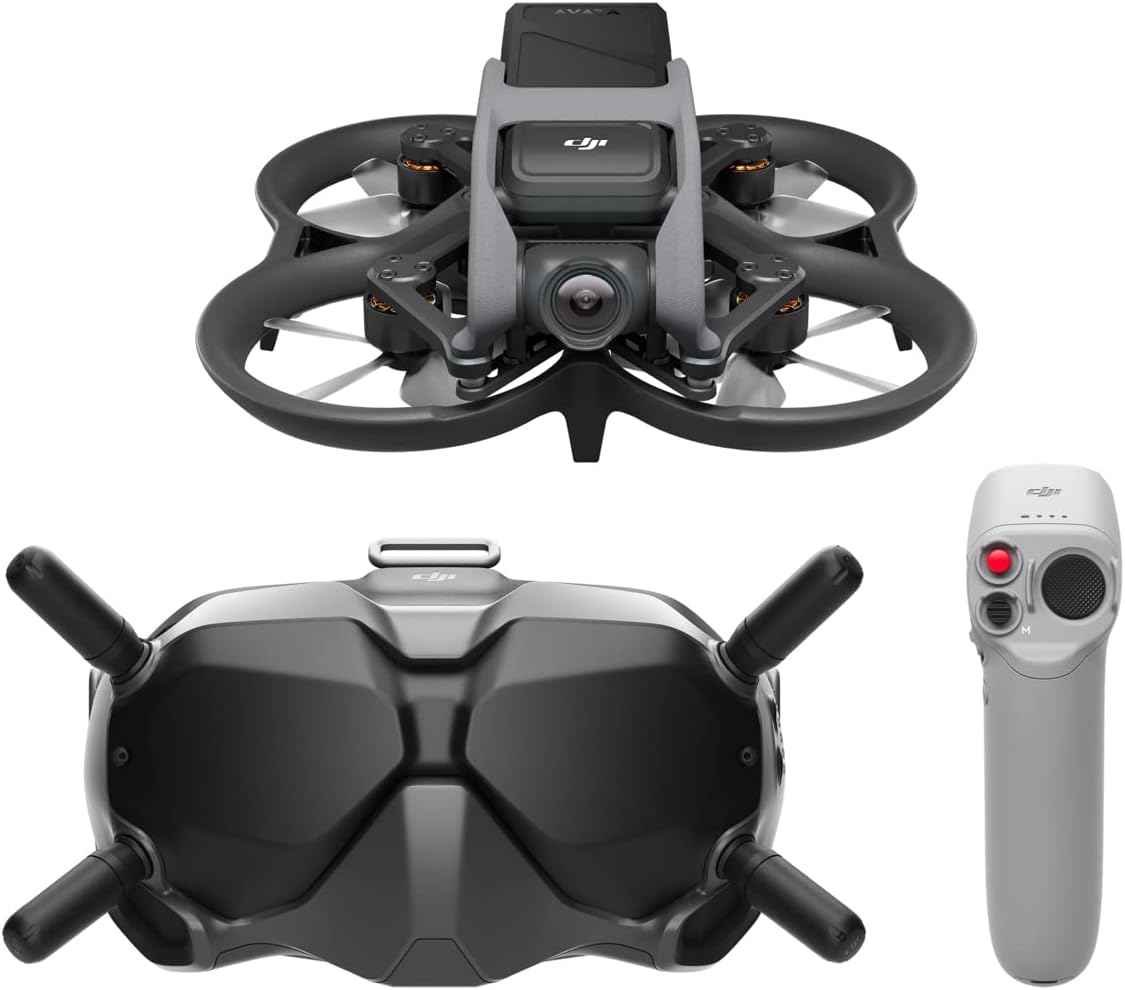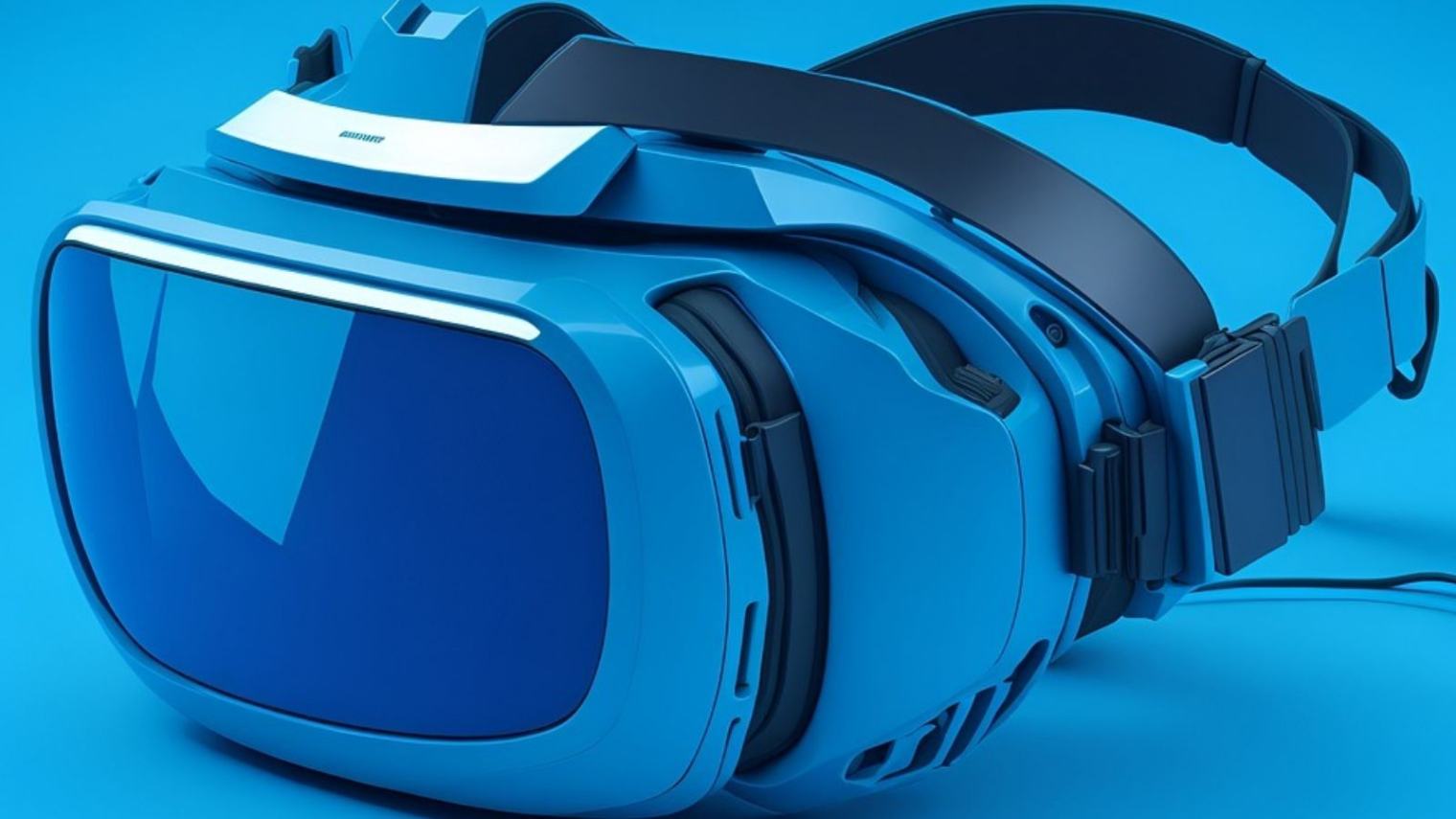DJI, the world’s leading drone manufacturer, has always been at the forefront of innovation when it comes to drones and related technology. Their latest offering, the DJI Virtual Flight app, is no exception. This app is set to revolutionize the way drone enthusiasts practice flying and gain confidence in piloting their drones, particularly the high-speed, first-person-view (FPV) drones that DJI offers.
The Fear of Crashing: A Common Challenge
Flying a drone can be exhilarating, but it also comes with its fair share of challenges and risks, especially for those new to the hobby. One of the most significant barriers to flying a drone is the fear of crashing into something, which can not only damage the drone but also pose a risk to other objects or people. This fear is particularly relevant when flying DJI’s high-speed FPV drones, capable of reaching speeds of up to 87mph (140 km/h) in mere seconds.
Enter DJI’s Virtual Flight App
DJI’s Virtual Flight app is designed to address this challenge by providing a safe and immersive environment for drone pilots to practice at home or in the office before venturing out with their real drones. While it may not technically be virtual reality (VR), the experience it offers is strikingly similar.
Flying in VR-Like Environments
DJI FPV and Avata drones come equipped with head-mounted displays (HMDs), unlike most traditional VR headsets. These drone HMDs utilize external battery packs, such as Apple’s Vision Pro, making them lightweight and comfortable for extended use. The Avata even takes immersion a step further with a handle-shaped Motion Controller that mimics the drone’s movements, enhancing the flying experience.
The Importance of Practice
While DJI drones are known for their user-friendliness, achieving confidence and precision in flying requires practice. If you aspire to fly at high speeds and navigate through tight spaces with finesse, you’ll need to spend several hours perfecting your skills. Learning through trial and error while flying a real quadcopter drone can quickly become costly due to potential crashes and the need for replacement parts.
DJI’s Virtual Flight app solves this problem by creating digital replicas of DJI drones with remarkable precision. Every hour spent in this simulator equips you to be a better pilot, ready to make quick adjustments and navigate challenging scenarios.
Different Modes for Varied Learning
The app offers various modes to cater to different learning needs. Free flight mode lets you explore at your leisure, while time trials challenge you to fly faster and more precisely. Whether you’re a beginner looking to build your skills or an experienced pilot honing your abilities, the Virtual Flight app has something to offer.
Choosing the Right Device for Virtual Flight
DJI’s Virtual Flight simulator app is compatible with a range of devices, including Windows PCs, Android phones and tablets, iPhones, and iPads. While you can use your computer or phone screen in conjunction with a DJI controller, the real immersive experience comes from wearing the HMD.
Surprisingly, Android phones have proven to be the best devices for practicing virtual flying of DJI FPV or Avata drones. Simply connect your phone to the HMD using a USB-C cable, launch the DJI Virtual Flight app, and select your preferred location for practice.
Graphics Quality Matters
Although a Windows PC with a discrete graphics card can offer higher frame rates, it’s essential to note that the HMD currently only works with a phone or tablet. However, it’s worth mentioning that not all phones deliver the same experience.
For instance, while an iPhone 13 Pro Max should technically outperform a more budget-friendly Android device like the Pixel 6a, some users have reported pixelation issues in the HMD when using iOS devices. This problem seems to be related to recent issues with the iOS app, as per discussions on DJI’s community forums.
A Temporary Solution
Until DJI resolves this bug, it’s advisable to practice flying DJI’s FPV Avata drones on an Android device that can provide high-quality graphics in the headset. Even if you need to use a PC monitor instead of the HMD, spending some time in DJI’s Virtual Flight app can potentially save you from an expensive crash or losing your valuable drone.
Exploring Alternatives
If you don’t own a DJI drone but want to experience the thrill of flying, DJI offers a basic drone simulator within its DJI Store app. Although it may not replicate the experience of piloting an FPV drone, it’s an excellent starting point for getting acquainted with drone controls.
Bottom Line
When considering the DJI Avata review and exploring the world of best FPV drones, it’s crucial to acknowledge the role of DJI’s Virtual Flight app. This innovative tool represents a significant leap forward in drone piloting and training.
Offering a realistic simulation of flight characteristics and a range of modes, it caters to both beginners and seasoned pilots, providing a safe and immersive learning environment.
While there might be minor hurdles like device compatibility and graphics quality, the benefits of using this app for practice far outweigh any inconveniences. As DJI continues to refine and enhance its Virtual Flight app, it undoubtedly stands out as a valuable asset for those looking to elevate their drone piloting skills to new heights.




